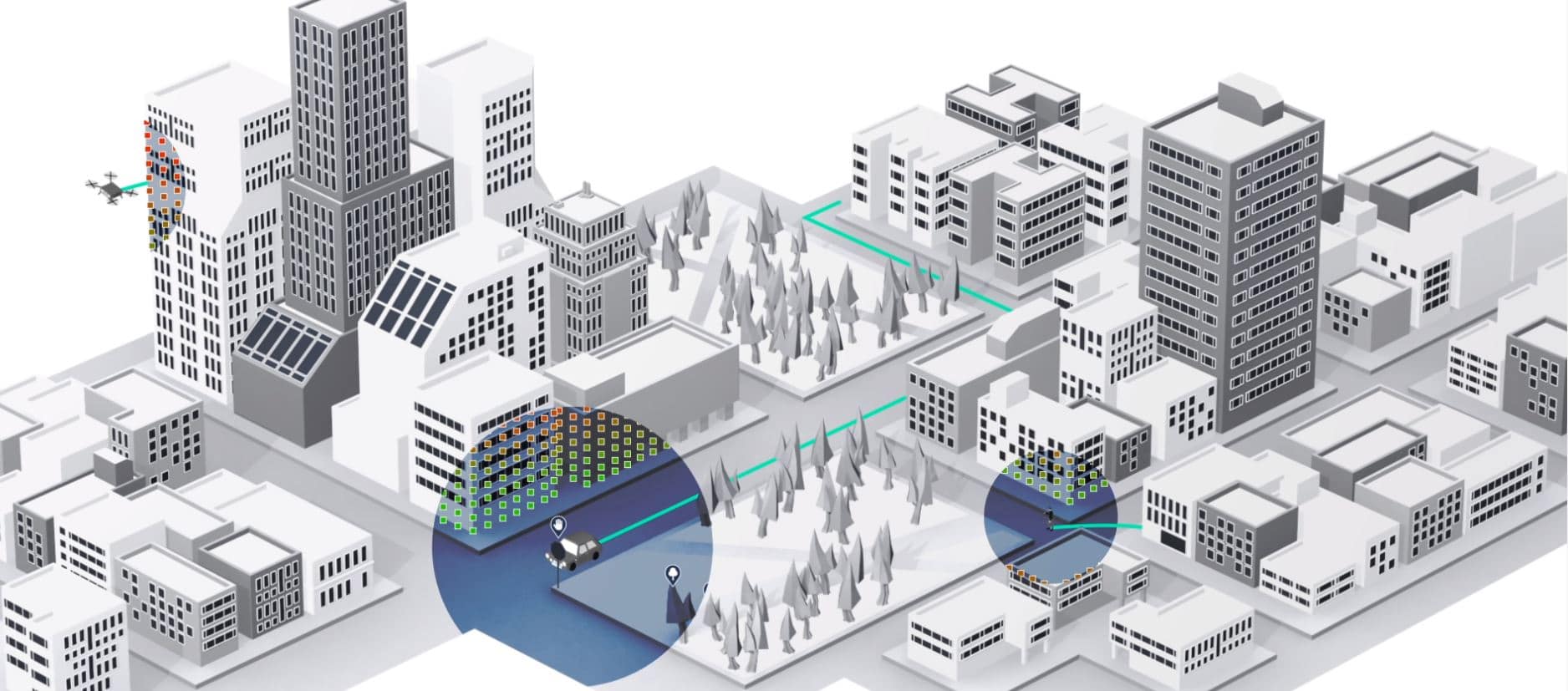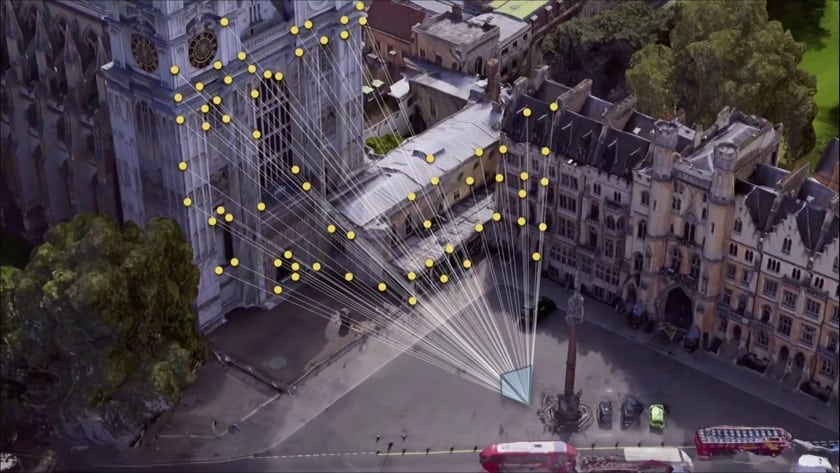
“Trendline” is AR Insider’s series that examines trends and events in spatial computing, and their strategic implications. For an indexed library of spatial computing insights, data, reports and multimedia, subscribe to ARtillery PRO.
As AR struggles to get off the ground and find a path to mass-market scale, there are a few confidence signals for the sector’s long term health. Those include multi-billion dollar investments by tech giants to make it happen, and revenue bright spots such as AR advertising.
After spending lots of time examining those factors, another confidence signal has started to emerge: M&A activity. AR startups getting acquired signals further confidence and validation from tech giants, and fuels early-stage innovation by incentivizing startups and investors.
And it’s not just AR but other interlinked pieces of the spatial computing spectrum such as VR. As we mentioned after Facebook bought Beat Games, it validates exit potential for other startups and game studios in VR, and could stimulate more early-stage activity to work towards that prize.

Planet-Scale
We recently examined these concepts in light of Facebook’s acquisition of AR cloud startup Scape. Now another AR cloud player has met the same fate: 6D.ai. As we covered yesterday and you may have read elsewhere, Niantic has acquired the company for an undisclosed sum.
For those unfamiliar, 6D.ai has a spatial mapping platform that helps companies crowdsource the development of spatial maps using its SDK. The world is a big place, so this helps companies and apps scale up spatial mapping efforts so they can overlay digital content with greater precision.
Put another way, for AR to overlay digital content on the physical world, first it needs to understand the latter by digitizing it. Spatially-anchored meta-data can then enliven subsequent AR experiences where graphics interact in dimensionally believable ways. This is 6D.ai’s jam.
Niantic meanwhile has complementary technology and trajectory. Though its best known for Pokémon Go, its Real World Platform (the engine behind Pokémon Go) is its real long term play. It wants to be a “planet-scale” AR platform in addition to a location-based AR game studio.

Back-end Alignment
6D.ai will help it reach that goal faster. Just like we said for Facebook’s Scape acquisition, this is a highly specialized and advanced technology. These are common triggers for M&A activity, as buying can accelerate the path to market versus building. Niantic is doing a bit of both.
There’s also alignment in the crowdsourced approach to building spatial maps. There are lots of spatial mapping approaches such as visual databases for object recognition (Google & Apple), satellite imagery (Sturfee) 2D image compositions (Scape) and crowdsourcing (Ubiquity6).
6D.ai’s is in the latter bucket, with some technical differentiators. At a high level, it empowers mobile app users to capture 3D maps as they’re benefiting from maps collected previously by others (think: Waze for AR). So spatial mapping scales up thanks to roaming users, at scale.
That last bit is important for Niantic. Games like Pokemon Go are defined by “roaming users, at scale.” While players play, they can also capture spatial maps that feed back to and improve Real World Platform. Niantic was already doing this to some degree but 6D.ai now advances things.

Pattern Recognition
To once again reference our previous M&A analysis of Facebook/Scape, we mentioned at the time that 6D.ai similarly held acquisition potential for the right suitor. It turns out we had the target right but the suitor wrong: We predicted it would be Apple that buys 6D.ai.
“This all raises the question of what (or who) is next. 6D.ai has strong technology that’s aligned with Apple’s ongoing spatial efforts. That includes proven interest in area-mapping and a privacy-centric approach. Both companies diverge from ad revenue, as 6D.ai made clear to us.”
Nonetheless, the buy-versus-build decision for specialized and synergistic technology likewise drove Niantic’s logical acquisition. And it’s already proven to be acquisitive. More importantly, one underlying point sustains: continued M&A activity could stimulate the sector to some degree.
Like with Facebook’s acquisitions of Beat Games (VR) and Scape (AR), there’s now greater incentive for startup launches and early-stage funding, given validated exit potential. This could be counterbalanced in the near term by recession, but is still positive movement for spatial tech.
For deeper XR data and intelligence, join ARtillery PRO and subscribe to the free AR Insider Weekly newsletter.
Disclosure: AR Insider has no financial stake in the companies mentioned in this post, nor received payment for its production. Disclosure and ethics policy can be seen here.
Header image credit: Niantic
